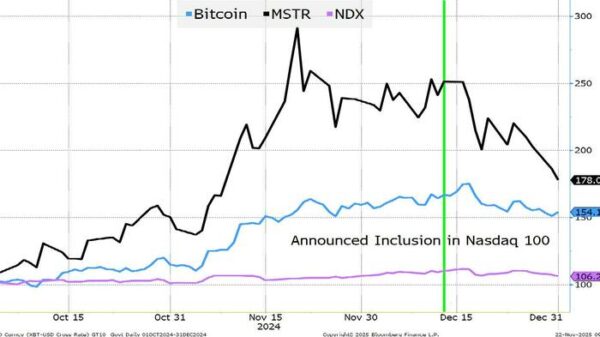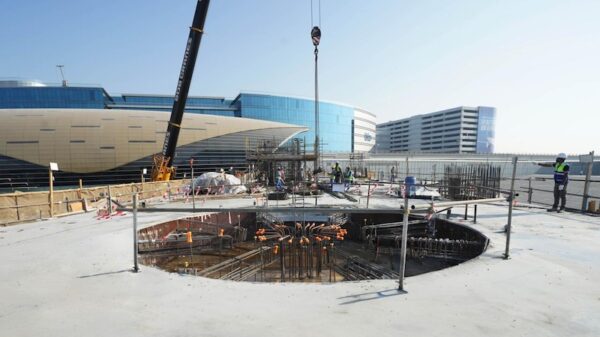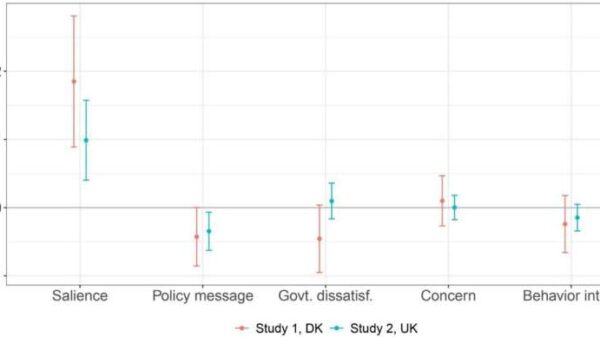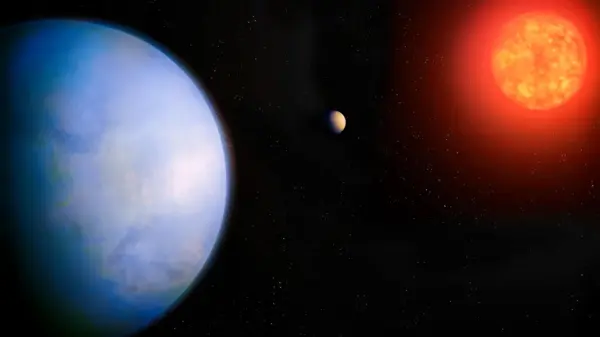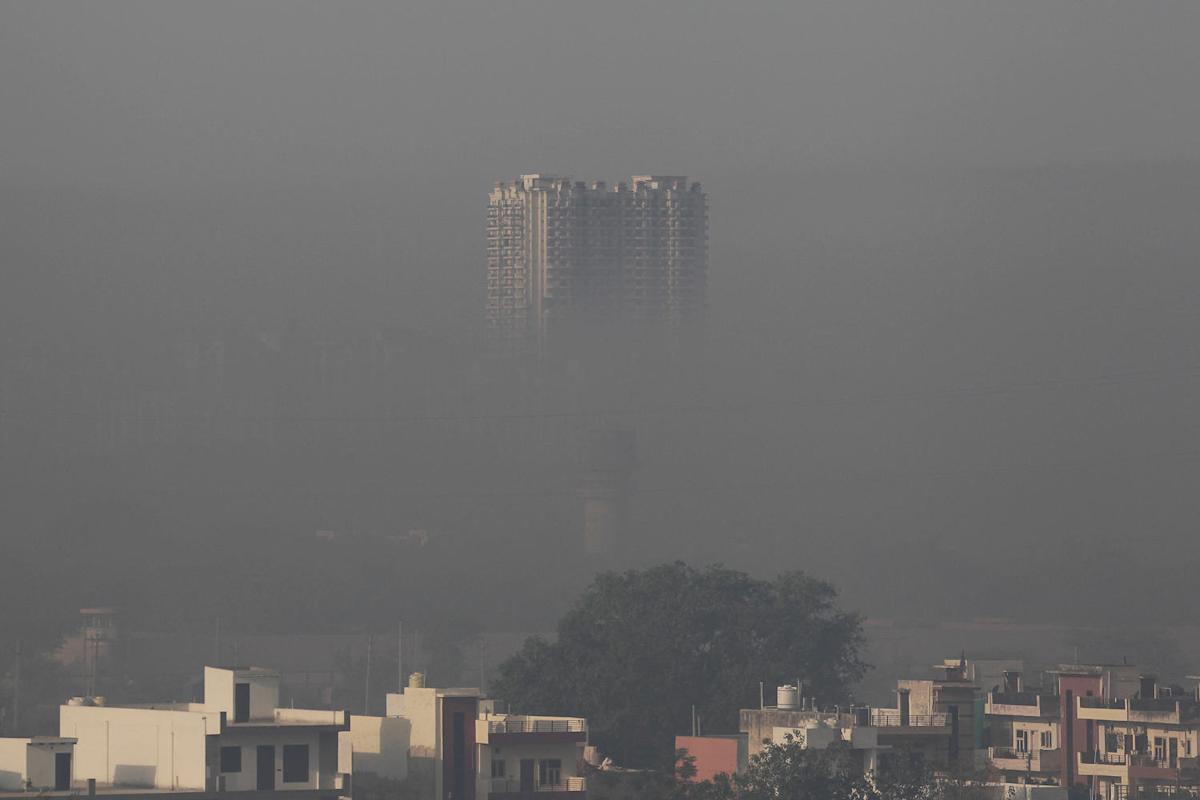A residential building engulfed in smog in the morning in the Faridabad district of India’s Haryana state on April 26. (Vijay Mathur / AFP via Getty Images)
Earth’s atmosphere now contains more carbon dioxide than it has in millions — and possibly tens of millions — of years. This alarming data was released Thursday by the National Oceanic and Atmospheric Administration (NOAA) and scientists at the University of California San Diego.
For the first time, global average concentrations of carbon dioxide, a greenhouse gas emitted as a byproduct of burning fossil fuels, have exceeded 430 parts per million (ppm) in May. This new reading marks a record high, representing an increase of more than 3 ppm over last year.
Implications of Rising CO2 Levels
The measurements indicate that countries are not doing enough to limit greenhouse gas emissions and reverse the steady buildup of CO2, which climate scientists identify as the main driver of global warming. “Another year, another record,” lamented Ralph Keeling, a professor of climate sciences, marine chemistry, and geochemistry at UC San Diego’s Scripps Institution of Oceanography. “It’s sad.”
Carbon dioxide, like other greenhouse gases, traps heat from the sun and can remain in the atmosphere for centuries. High concentrations contribute to higher global temperatures and other negative consequences of climate change, including rising sea levels, melting polar ice, and more frequent and severe extreme weather events.
A Historical Perspective
Atmospheric carbon dioxide has risen sharply since preindustrial times, primarily due to human activities that pump greenhouse gases into the air. Decades ago, crossing the 400 ppm threshold was unthinkable. The planet hit that grim milestone in 2013, and now scientists warn that CO2 levels could reach 500 ppm within 30 years.
The last time Earth experienced such high levels of atmospheric carbon dioxide was likely more than 30 million years ago, long before humans roamed the planet and during a time when the climate was vastly different. “It’s alarming not only how high CO2 levels have climbed but also how quickly,” Keeling noted. “It’s changing so fast.”
“If humans had evolved in such a high-CO2 world, there would probably be places where we wouldn’t be living now. We probably could have adapted to such a world, but we built our society and a civilization around yesterday’s climate.”
The Keeling Curve and Its Significance
Carbon dioxide levels are typically represented on a graph known as the Keeling Curve, named for Keeling’s father, Charles David Keeling, who began taking daily measurements of atmospheric carbon dioxide in 1958 with instruments atop the Mauna Loa Observatory in Hawaii. The Keeling Curve famously shows a steep climb since the Industrial Revolution, owing to human-caused climate change.
Ralph Keeling and his colleagues at the Scripps Institution of Oceanography found that average concentrations of atmospheric CO2 in May were 430.2 ppm. NOAA’s Global Monitoring Laboratory, which has conducted separate daily readings since 1974, reported an average of 430.5 ppm in May.
“They’re telling you about your whole system health with a single-point measurement,” Keeling said. “We’re getting a holistic measurement of the atmosphere from really a kind of simple set of measurements.”
Looking Ahead: The Urgency of Action
Carbon dioxide levels in the atmosphere are closely monitored to gauge how much humans are influencing Earth’s climate. These readings serve as a crucial indicator of the planet’s overall health. The current trajectory suggests that without significant action, the world could face catastrophic climate impacts.
The announcement comes as global leaders continue to debate the best strategies to mitigate climate change. With the world already experiencing more frequent and severe weather events, the urgency for comprehensive climate policies and sustainable practices has never been greater.
As scientists continue to monitor these trends, the data serves as a stark reminder of the challenges ahead and the need for immediate action to protect the planet for future generations.

















